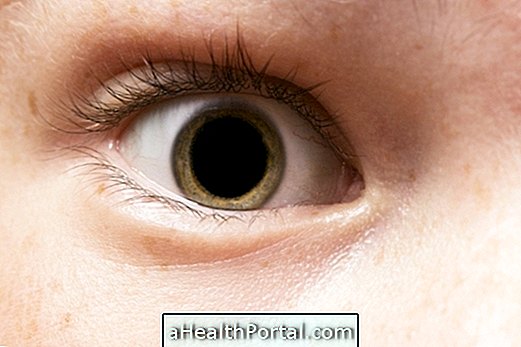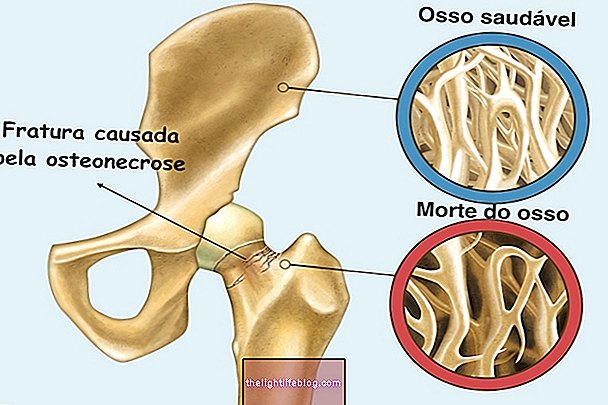The surgery for strabismus can be done on children or adults, however, this, in most cases, should not be the first solution to the problem, as there are other treatments, such as use of correction glasses or eye exercises and eye can help achieve the same results and improve vision without the need for surgery.
However, in cases of constant strabismus in childhood, surgery is always recommended to prevent the child from developing a deep vision problem, also known as stereo blindness.
Thus, it is important to consult an ophthalmologist to evaluate the type of strabismus and what consequences it can cause by opting for the best form of treatment.

Price of surgery for strabismus
The average price for surgery for strabismus is between 2500 and 5000 reais if it is private. However, it can be done free of charge by the SUS when the patient does not have the financial capacity to pay for the surgery.
How is surgery done for strabismus
Surgery for strabismus is usually done on the surgical block under general anesthesia to allow the physician to be able to make small cuts in the eye muscles to balance the forces and align the eye.
Normally, surgery for strabismus does not leave any type of scar, since it is not necessary to make cuts on the skin or remove the eye. In addition, if the doctor uses an adjustable suture, it may be necessary to repeat the surgery after a few days to completely align the eye.
Post-operative of the strabismus surgery
The postoperative of the surgery for strabismus is fast and usually after about 1 week the patient stops feeling the sore eye, and the redness of the eye disappears up to 3 weeks after the surgery.
After surgery, the most important care includes:
- Avoid driving the day after surgery;
- Return to work or school only 2 days after surgery;
- Use prescribed eye drops;
- Take medications prescribed by your doctor that may include pain killers or antibiotics;
- Avoid swimming for two weeks;
Risks of surgery for strabismus
The main risks of surgery for strabismus include double vision, eye infection, bleeding or decreased ability to see. However, these risks are uncommon and can be eliminated if patients follow all the doctor's indications appropriately after surgery.
























